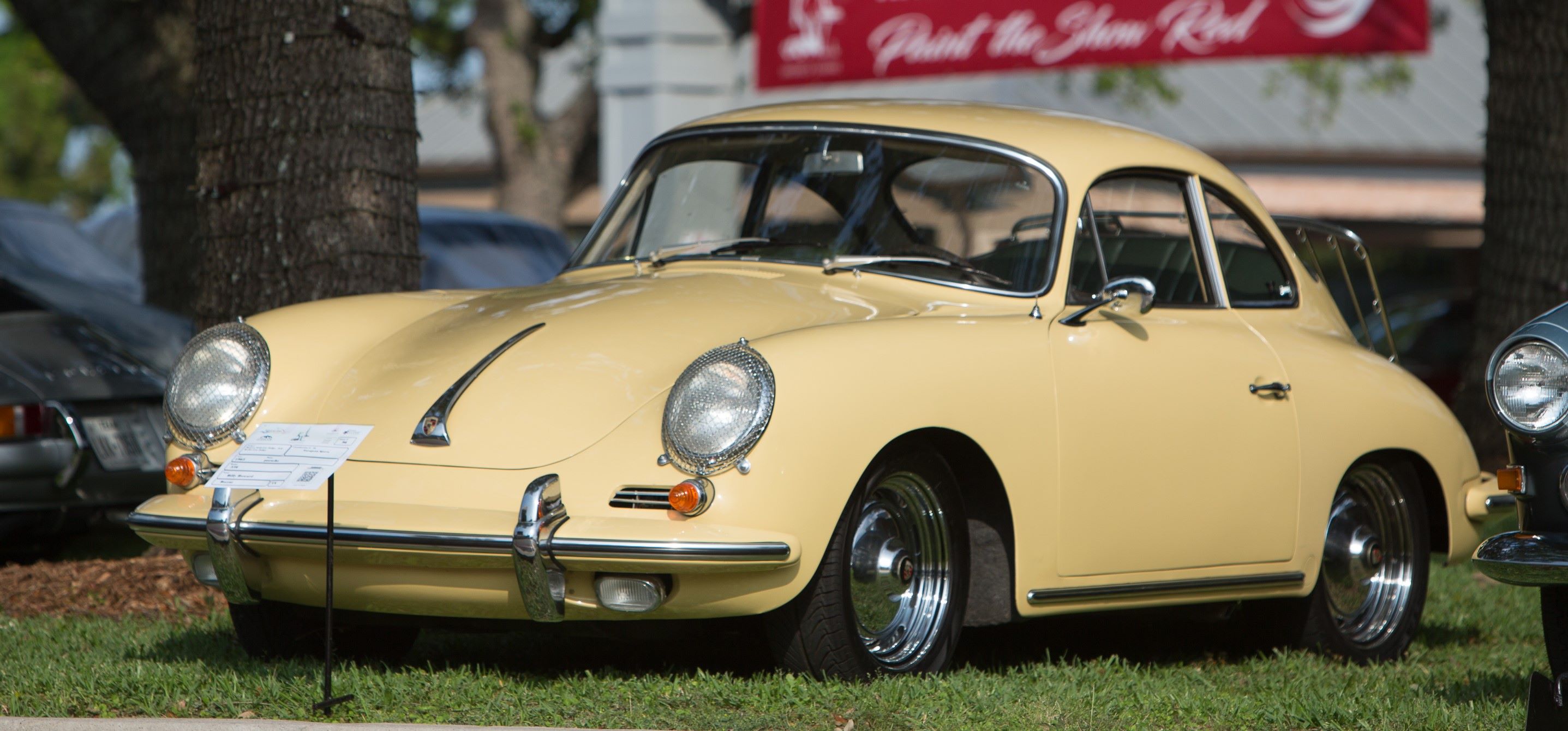

In the small town of Gmünd, Austria, in the shadow of the war-torn 1940s, a handful of men huddled in an unassuming workshop. They weren’t just repairing the past; they were building the future. Among them was Ferry Porsche, a man driven by a simple frustration: he couldn’t find the car he wanted to drive. So, he set out to create it.
That creation — the Porsche 356 — would become the first chapter in one of the most remarkable stories in automotive history.
But to understand Porsche, you have to start a little earlier, with Ferry’s father: Ferdinand Porsche. Long before there was a company bearing his name, Ferdinand had been designing brilliant machines — from electric cars at the dawn of the 20th century to the world’s first true hybrid vehicle.
He had an eye for the future and a gift for turning ideas into reality. When he founded Dr. Ing. h.c. F. Porsche GmbH in 1931, he offered engineering genius to anyone who needed it — and in doing so, shaped the beloved Volkswagen Beetle, a car that would outlast empires.
Yet even as he worked for others, the dream of a sports car of his own lingered.
After World War II, resources were scarce, but the hunger for progress was boundless. Ferry Porsche believed there was a place for a car that was small, light, quick, and pure — a car that didn’t just get you somewhere, but made you feel something along the way.
The 356 was born of that belief. Built using spare Volkswagen parts and a hand-shaped aluminum body, the early cars weren’t lavish, but they were full of heart. They were nimble, lively, and utterly unlike anything else on the road.
Word spread. First among friends. Then among enthusiasts. Then across continents. Porsche wasn’t just building cars — it was building a reputation.
By the 1960s, it was clear that Porsche had captured lightning in a bottle. But Ferry Porsche knew that to sustain the dream, the company needed a new icon.
In 1964, the world met the Porsche 911.
Designed by Ferry’s son, "Butzi" Porsche, the 911 was a masterpiece: a perfect blend of grace, performance, and practicality. With its air-cooled flat-six engine tucked behind the rear wheels, it offered a driving experience unlike anything else — demanding yet deeply rewarding.
Its silhouette became immortal almost overnight. That unmistakable shape — smooth, elegant, powerful — became the face of Porsche and remains so today.
Porsche didn't just impress on the streets. It dominated on the racetrack.
From the rugged trails of the Targa Florio to the grueling 24-hour battle at Le Mans, Porsche proved again and again that it could not only build beautiful cars — it could build winners.
Victories piled up. Technological innovations born on the track — lightweight materials, advanced aerodynamics, precision handling — found their way into Porsche’s road cars. It wasn’t marketing. It was philosophy: every car must earn its crest.
When the monstrous 917 thundered across the finish line at Le Mans in 1970, Porsche’s place in racing history was secured.
Porsche’s journey wasn’t without turbulence. The late 1980s and early '90s brought financial headwinds. The company, proud but stretched thin, faced an uncomfortable truth: it needed to adapt or risk becoming a memory.
Adapt it did. New models like the Boxster reinvigorated the brand, reaching a younger, broader audience. Then came the Cayenne — Porsche’s first SUV — a bold gamble that purists sneered at, but which ultimately saved the company and funded the next generation of sports cars.
Through it all, Porsche never forgot who it was. Change was embraced, but the soul remained intact.
Today, Porsche stands tall as a brand that honors its past while charging fearlessly into the future.
The Taycan, Porsche’s first all-electric car, channels the same spirit of innovation that once saw a young Ferry Porsche craft a lightweight sports car in a barn. It’s fast, beautiful, and — most importantly — it feels unmistakably Porsche.
The 911 continues to evolve, becoming ever more refined without ever losing the visceral magic that first captivated drivers more than half a century ago.
From a tiny garage in Gmünd to the grand boulevards of Paris, to the starting grid at Le Mans, and now to the bleeding edge of electric performance, Porsche’s journey has been nothing short of extraordinary.
And if history has taught us anything, it's that the best chapters are still ahead.
